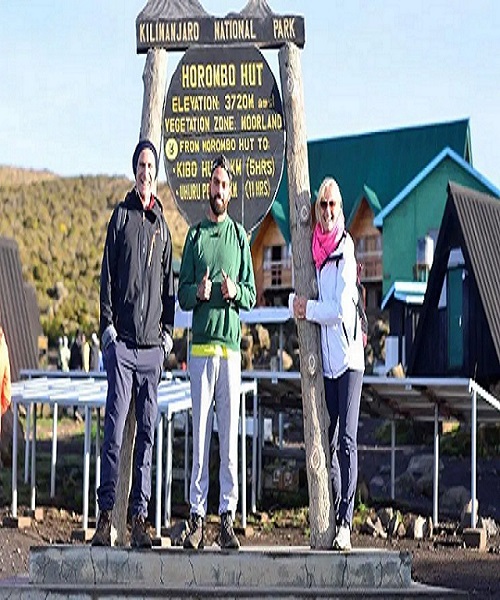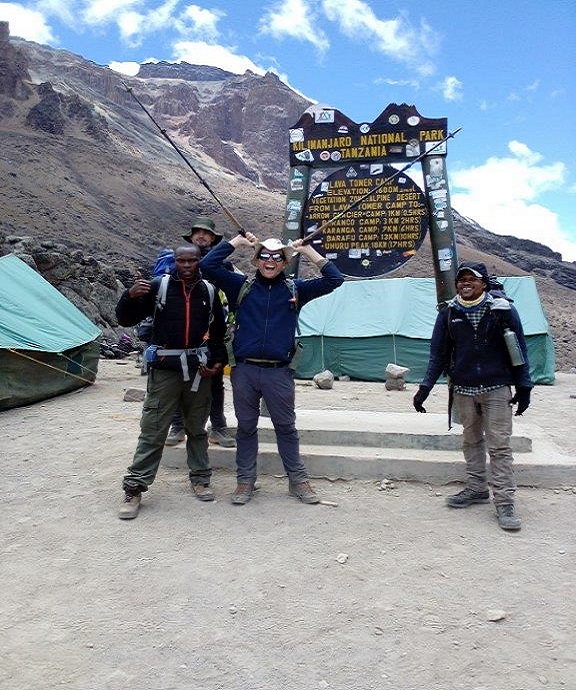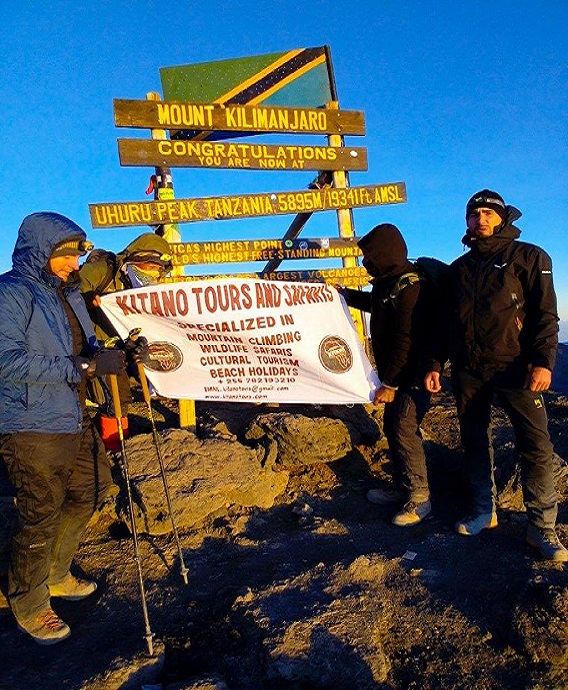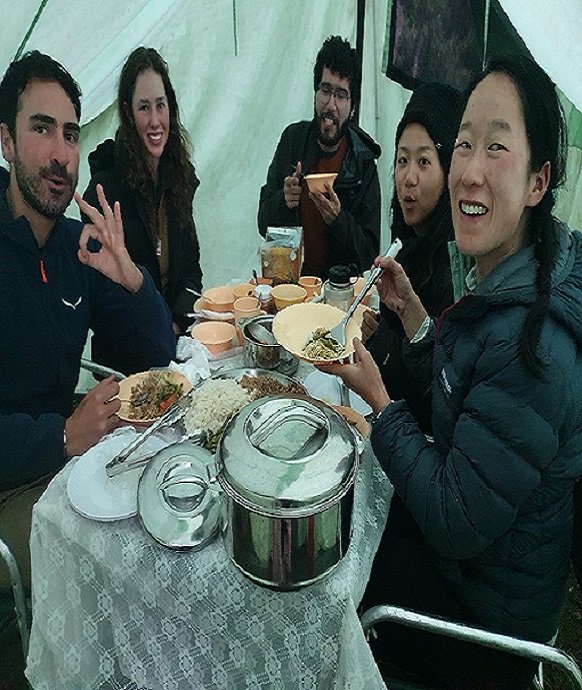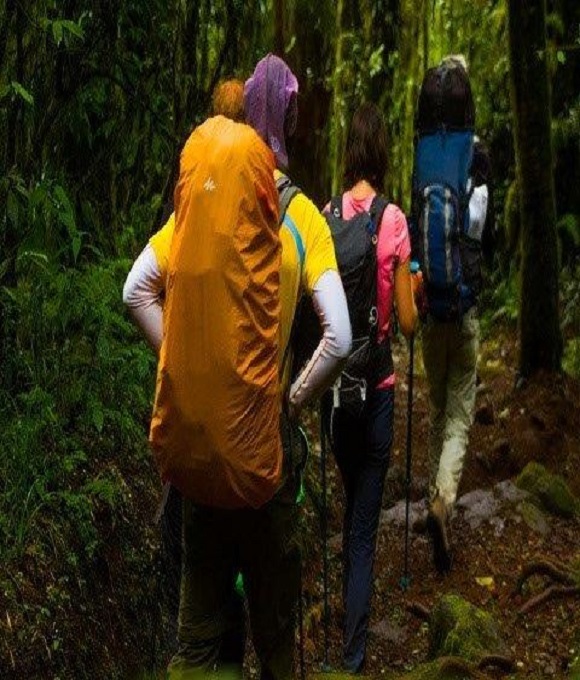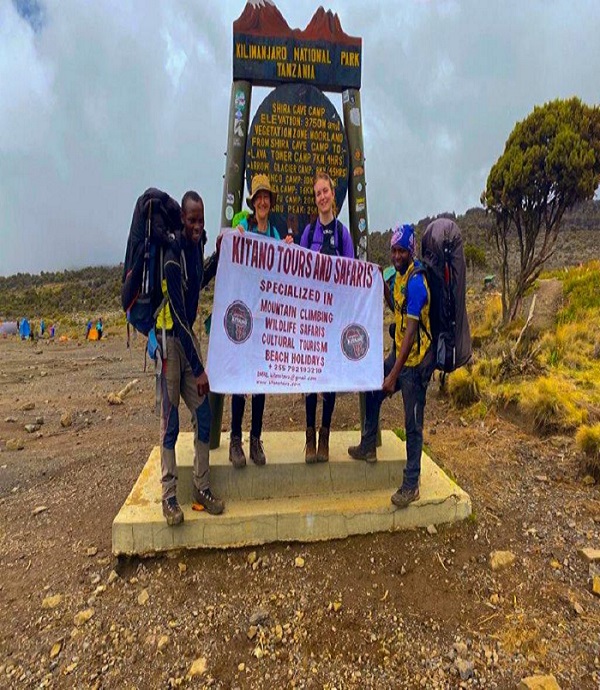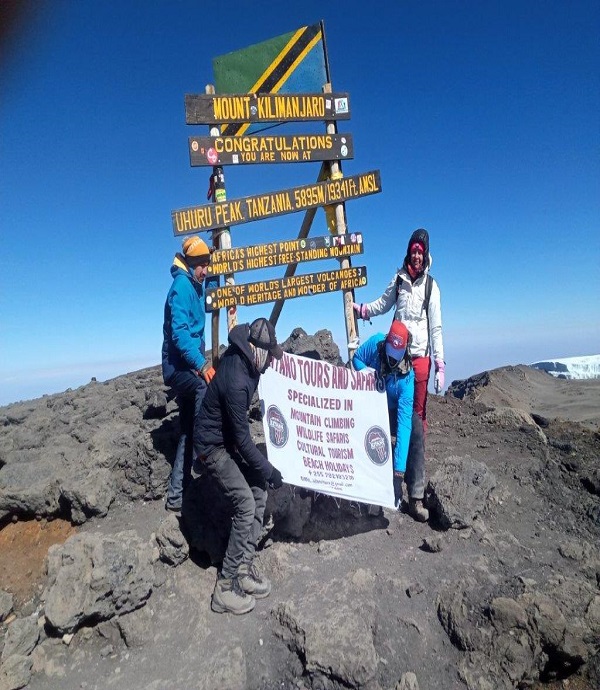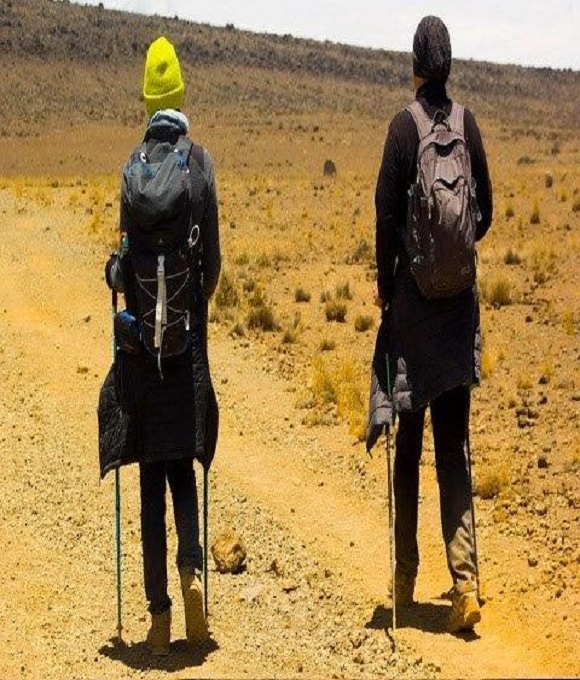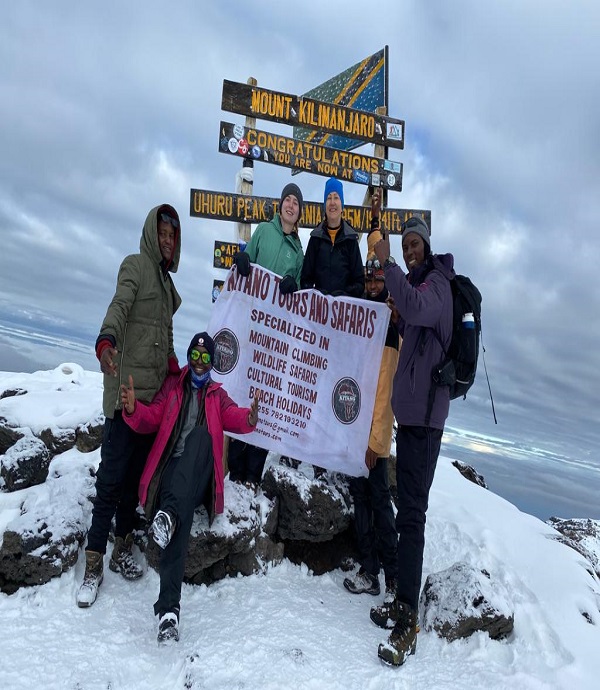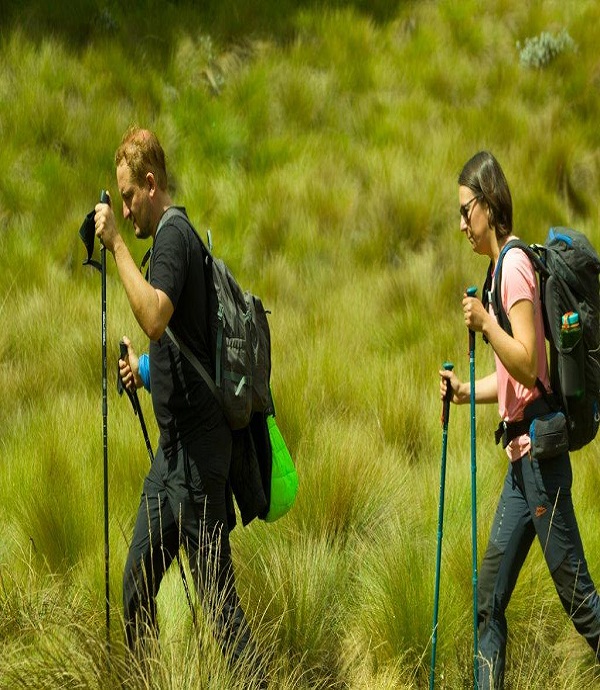The Ultimate Guide to Best Kilimanjaro Hiking and Climbing Packages for 2025-2026
If you're looking to challenge yourself and experience the awe-inspiring beauty of Africa, then Climbing Mount Kilimanjaro in 2025-2026 should be at the top of your bucket list. Standing at a towering 19,341 feet, Kilimanjaro is the highest peak on the African continent and one of the most popular treks in the world. But embarking on this adventure requires careful planning and preparation. That's where the Kilimanjaro Climbing Guide comes in.
This comprehensive guide is your go-to resource for everything you need to know about Climbing Kilimanjaro in the upcoming year. From choosing the right route to packing essential gear, this guide has you covered every step of the way. Whether you're a seasoned hiker or a first-time trekker, the Kilimanjaro Climbing Guide will help you navigate the challenges of this epic journey with confidence and ease.
BEST TIME TO CLIMB KILIMANJARO TOUR
Kilimanjaro, the highest peak in Africa, is a dream destination for many adventure seekers and outdoor enthusiasts. However, before embarking on this challenging journey, it is important to consider the best time to climb Kilimanjaro. The weather conditions on the mountain can vary greatly depending on the time of year, and choosing the right time to climb can greatly impact your overall experience.
The best time to climb Kilimanjaro is typically during the dry seasons, which occur from late June to early October and from late December to early March. During these months, the weather is generally clear and dry, making for ideal climbing conditions. The temperatures are also more moderate during these times, with daytime temperatures ranging from 20-27 degrees Celsius and nighttime temperatures dropping to around -7 to -3 degrees Celsius. Climbing during the dry seasons also means less precipitation, which can greatly reduce the risk of encountering slippery and muddy trails. Additionally, the clearer skies during these times offer stunning views of the surrounding landscape, making the climb even more rewarding.
Get a information on how to prepare for Climbing Kilimanjaro in this article.CHOOSING BEST KILIMANJARO CLIMBING ROUTE IN 2025|2026
Duration: 5-6 days Distance: 64 kilometers (40 miles) Difficulty: Moderate Scenery: Diverse landscapes, including rainforest, moorland, and alpine desert Accommodation: Hut accommodations
The Marangu Route is the most popular and the only route with hut accommodations. It offers a gradual ascent, making it a good choice for beginners. However, it has a lower success rate due to its shorter acclimatization period.
Duration: 6-7 days Distance: 62 kilometers (38.5 miles) Difficulty: Challenging Scenery: Scenic views, varied landscapes, including rainforest, moorland, and glacial zones Accommodation: Camping
The Machame Route is known for its beautiful scenery and higher success rate due to a longer acclimatization period. It is more challenging than Marangu, with steeper ascents and descents.
Duration: 7-8 days Distance: 70 kilometers (43.5 miles) Difficulty: Moderate to challenging Scenery: Remote and less crowded, with diverse landscapes, including lush forests and open moorlands Accommodation: Camping
The Lemosho Route offers a longer and more gradual ascent, providing excellent acclimatization. It is less crowded, making it ideal for those seeking a quieter trek. The route converges with the Machame Route at the Shira Plateau.
Duration: 6-7 days Distance: 72 kilometers (45 miles) Difficulty: Moderate Scenery: Gentle, remote, with views of Kenya and diverse landscapes Accommodation: Camping
The Rongai Route approaches Kilimanjaro from the north and is the only route that starts near the Kenyan border. It is less crowded and offers a gentle ascent, making it a good choice for those looking for a quieter climb with moderate difficulty.
